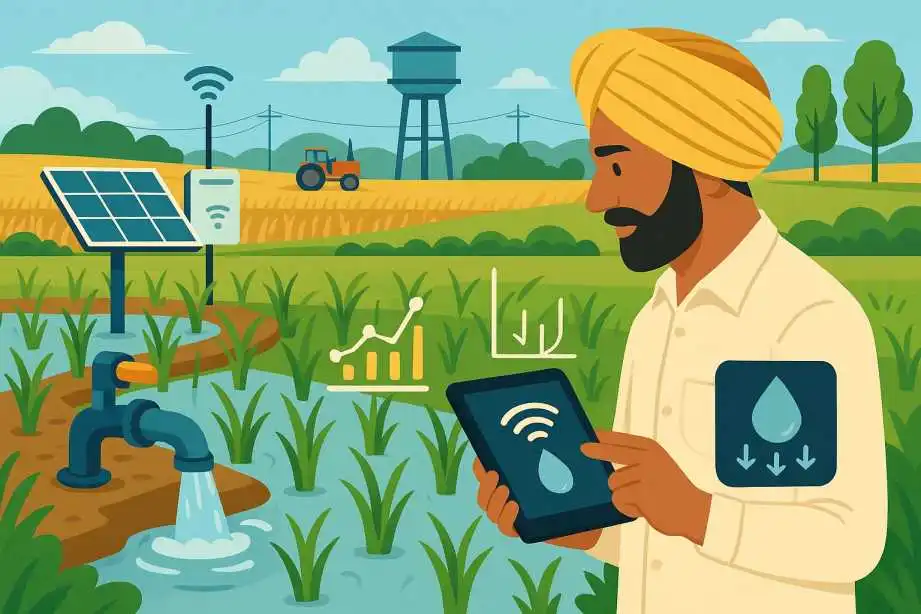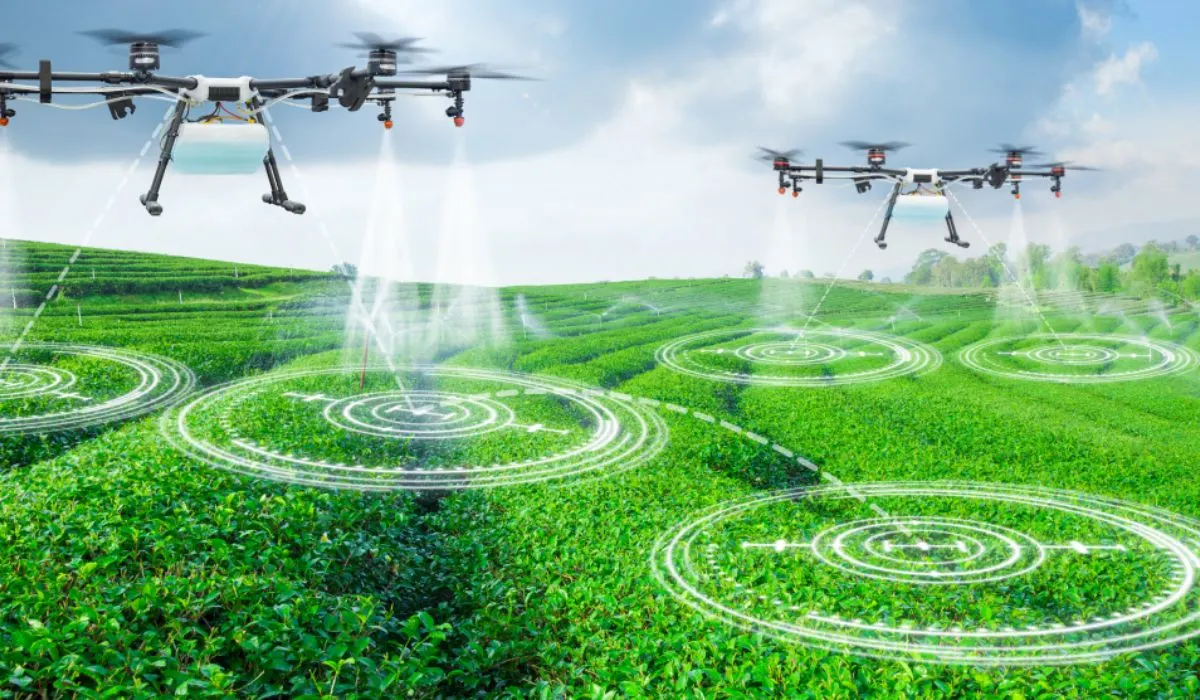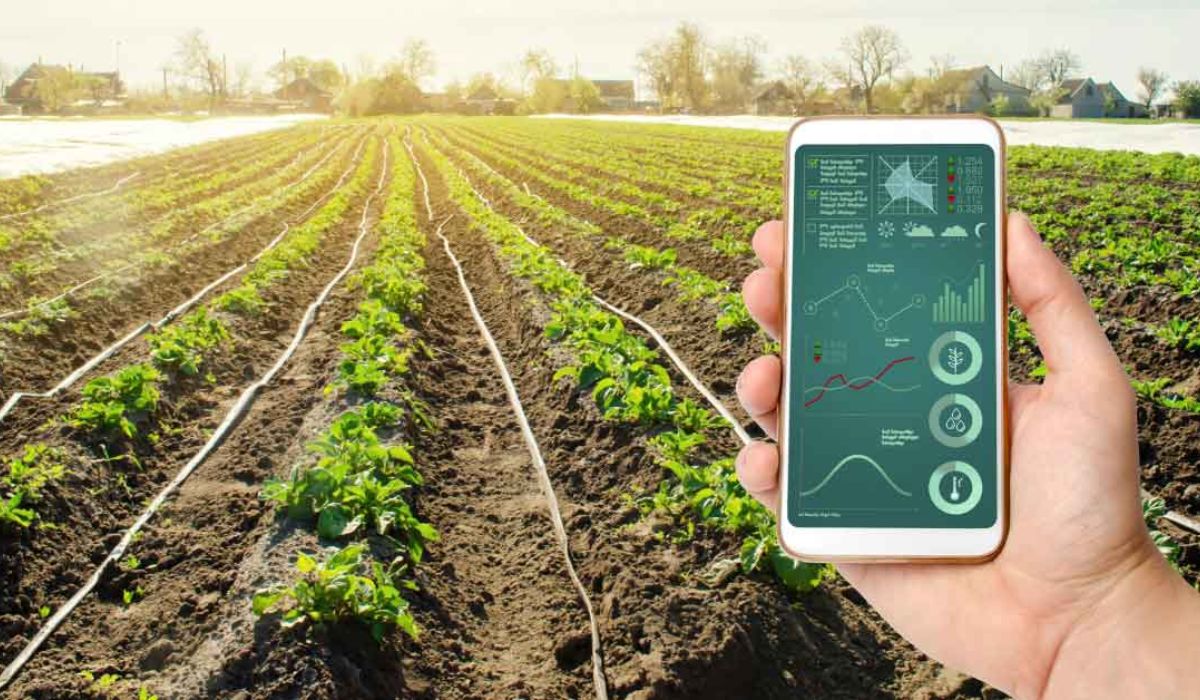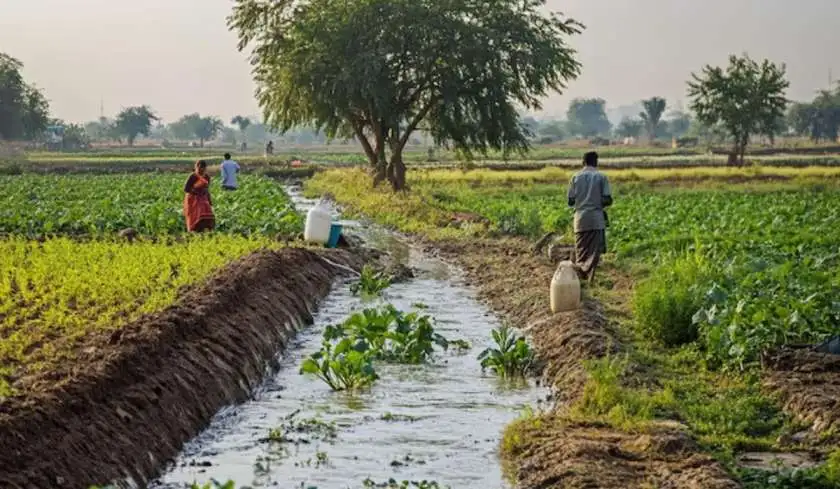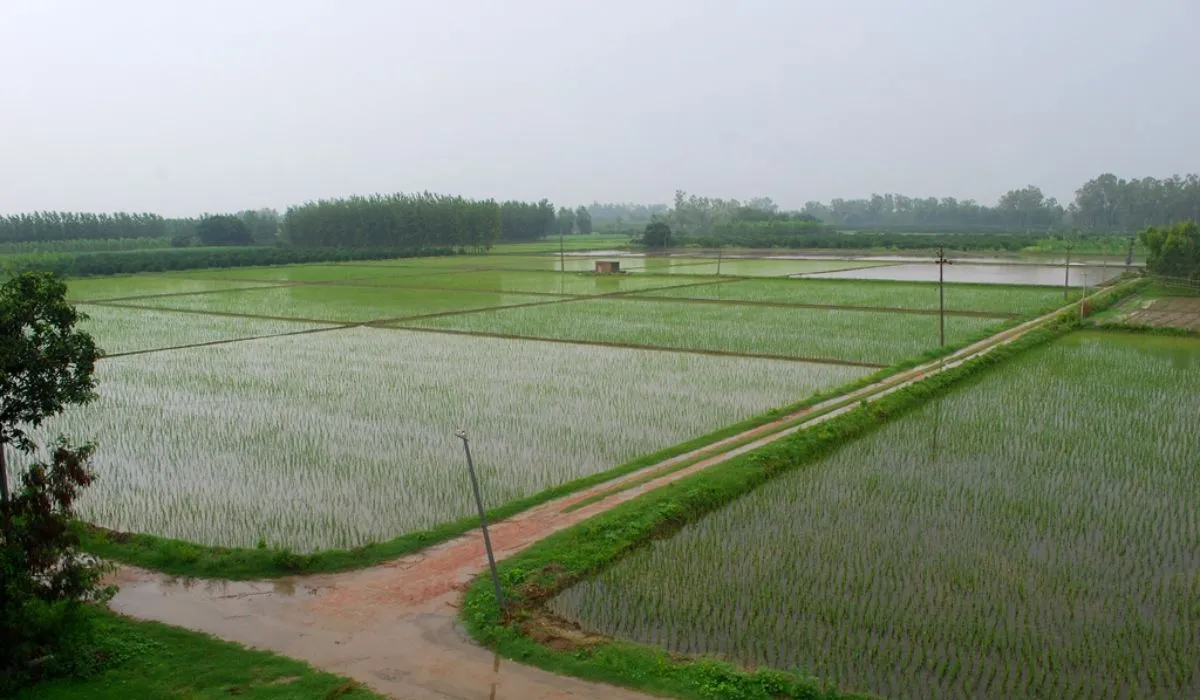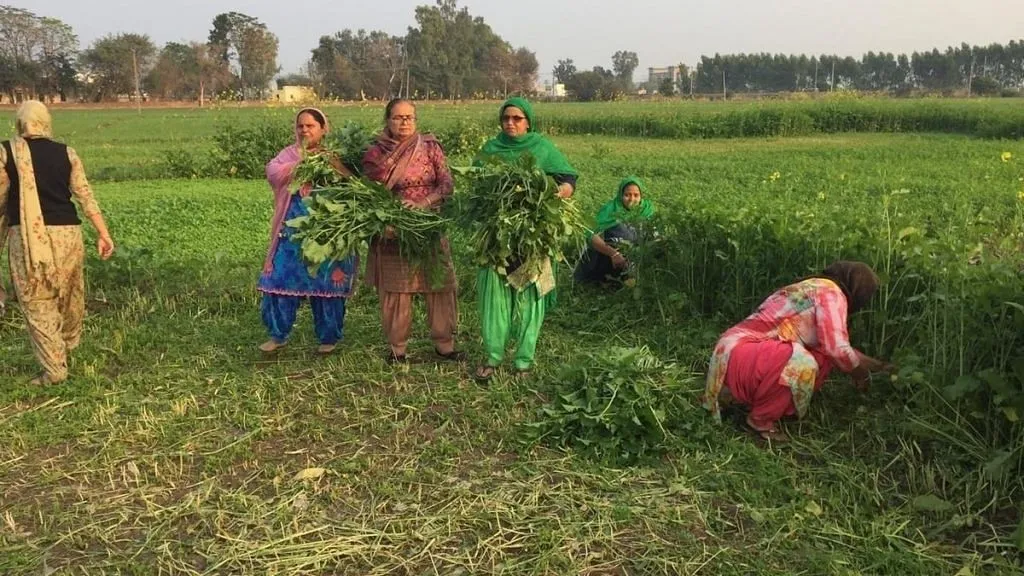In Punjab, green fields have long stretched across the land. But deep beneath those fields, the water has been running out. For years, farmers have depended on underground water for their crops. But now, wells are drying up. In many villages, borewells go more than 250 feet deep and still come up empty. Most of the farming zones in the state are marked “overused.” It’s no longer just a warning. It’s a serious danger.
But hope is growing again. Not from rain, but from new ideas. Across Punjab, farmers are trying something new. They are using technology to save water and protect their farms. This change is slow but steady. And it’s making a real difference.
A New Way to Use Water
The way farmers water their crops is changing. In many places, large pipes and flood irrigation are being replaced. Now, narrow pipes run through the fields. These drip systems give water directly to the plant roots, drop by drop.
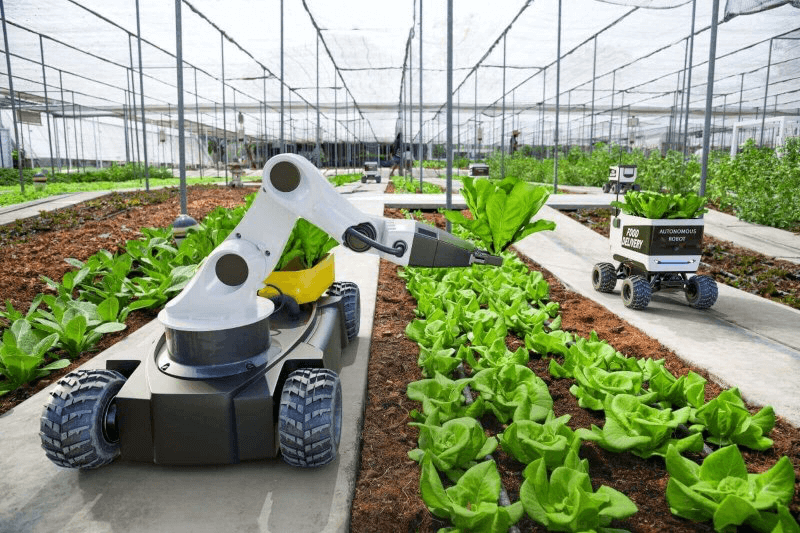
But it’s not just the pipes. Tiny sensors are buried in the soil. These sensors check if the ground is dry. If it is, they send a message to the farmer’s phone. The farmer can then switch on the water at just the right time.
A startup in Ludhiana has helped install these systems in several villages. One farmer near Faridkot used to flood his field twice a week. Now, he waters only when needed. His water use has dropped, and his vegetables are growing better.
Phones Are the New Farm Tools
Farmers in Punjab are no strangers to hard work. But now, many are adding something new to their toolkits.They are now integrating smartphones in their farming practices. With just a few taps, they can get advice, check the weather, and plan their next irrigation.
Some apps are in Punjabi, and they work even if the internet is weak. A farmer in Moga checks his phone every morning. The app tells him if he needs to water that day. It also shows when rain is likely. That way, he doesn’t waste water before a rainy day.
These apps also send alerts. One message might say, “Your soil is dry, water lightly today.” Another might suggest skipping irrigation because the forecast shows rain in 24 hours. Farmers say this has helped them save water and time. It also reduces electricity bills, since motors don’t run as often.
Ground Made Even, Water Used Right
Before planting begins, the land needs to be flat. Not just by eye but perfectly level. That’s where laser land levelling comes in. A special machine, guided by a laser beam, moves over the field. It evens out every bump and dip. When the land is flat, water spreads evenly. There are no dry spots or water pools.

This technique is growing popular in Barnala and Patiala. Farmers say it has helped them save up to 25% water each season. Startups offer this service on rent. A small farmer doesn’t need to buy the machine but he can just hire it when needed.
Drones in the Sky, Data on the Ground
Drones are now flying all over Punjab farms. These flying machines take photos of the fields. Then, special software reads the images. It spots which parts of the farm are dry, overwatered, or at risk of pests.
One farmers’ group in Sangrur used a drone service from Mohali. After seeing the drone’s data, they realised they were watering one corner of the field too much. They fixed it, and in the next season, saved nearly 20% water. The farmers say the drone didn’t just help their crops. It helped their confidence. For the first time, they had a bird’s-eye view of their own land.
A Shift in Crops, A Shift in Thinking
Rice and wheat have been Punjab’s top crops for decades. But rice, especially, uses a lot of water. It takes thousands of litres just to grow one kilogram. Now, farmers are exploring different options. Some are trying millets, maize, or pulses. These crops need less water and grow faster.
With the help of crop-planning apps, farmers can compare water needs and profits before sowing. In Hoshiarpur, a group of 600 farmers switched from rice to bajra. They saved crores of litres of water in just one season. Many now say they will never go back to paddy farming.
Power from the Sun, Not the Grid
Electricity for pumps is a big cost in farming. And diesel is not cheap either. That’s why solar pumps are gaining attention.Many startups are linking solar pumps to drip systems. This way, water is used slowly, and power is clean. It’s saving the earth and the farmer’s budget.
Challenges Still on the Ground
This new way of farming is not easy for everyone. Some farmers still trust their old methods more than the apps. In some places, there is no strong mobile network. And not every farmer can afford sensors or drones.
But the trend is growing. Young farmers are leading the way. Some are becoming service providers themselves offering drip installation or drone scanning to others. Villages are coming together to learn and share. It’s not a fast change but it is a steady one.
From Green to Smart
Years ago, Punjab led the Green Revolution. It helped feed a hungry country. Now, it may lead again but this time, with smart, water-wise farming. With every new sensor, every drop saved, and every app download, Punjab is moving toward a safer future. The fields are still green. But the thinking is smarter. The soil that once showed signs of loss is now showing signs of hope.



